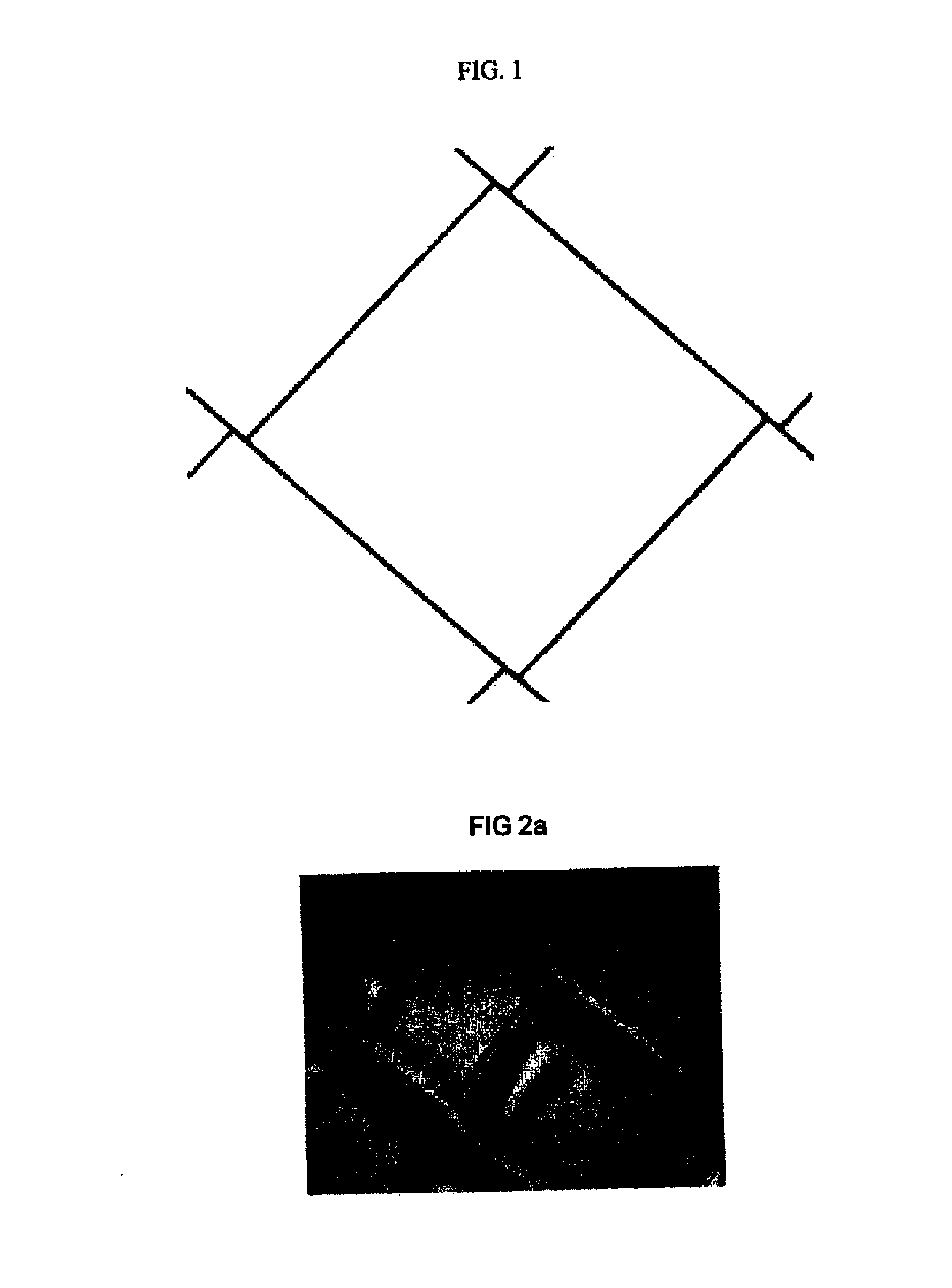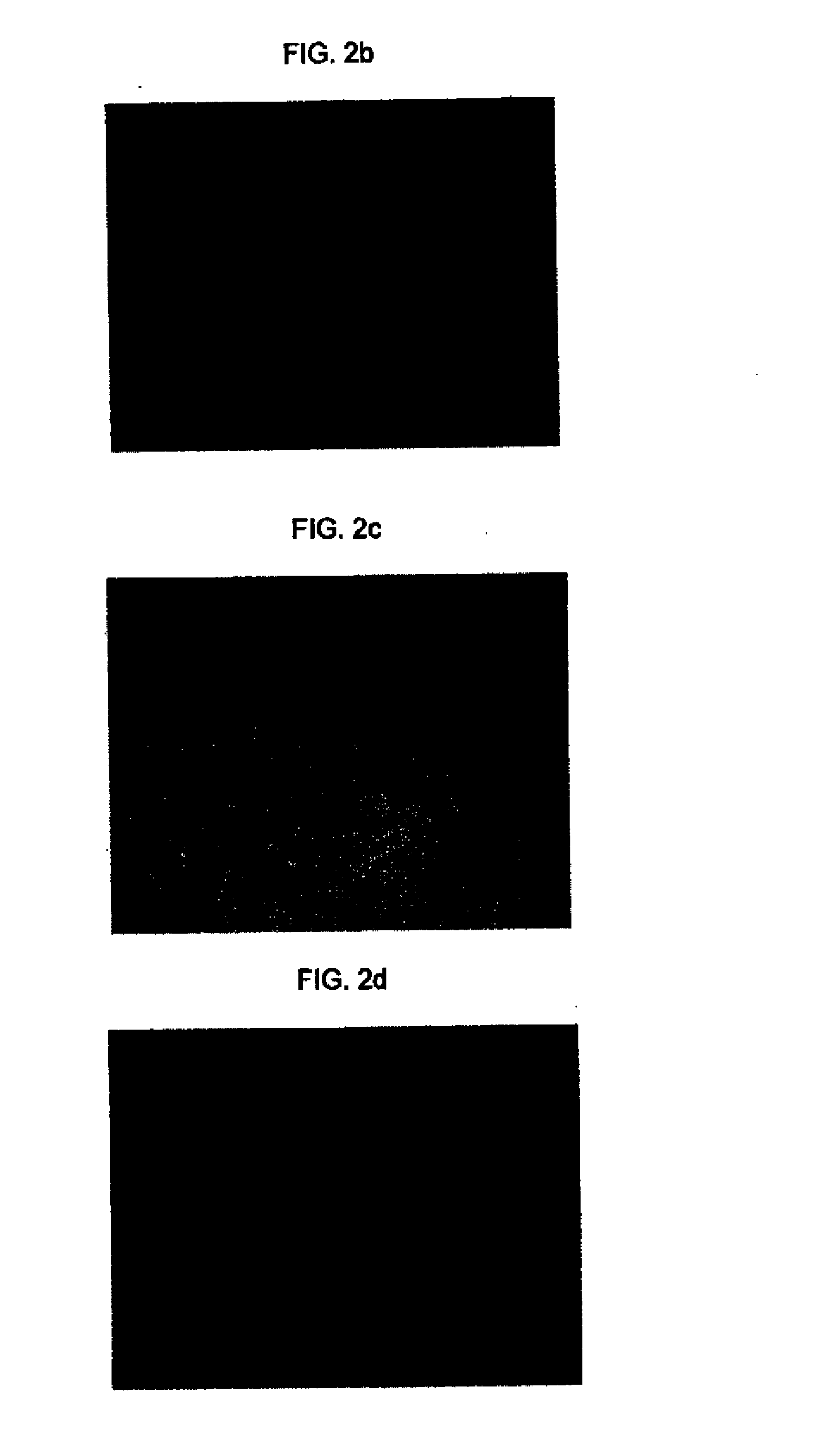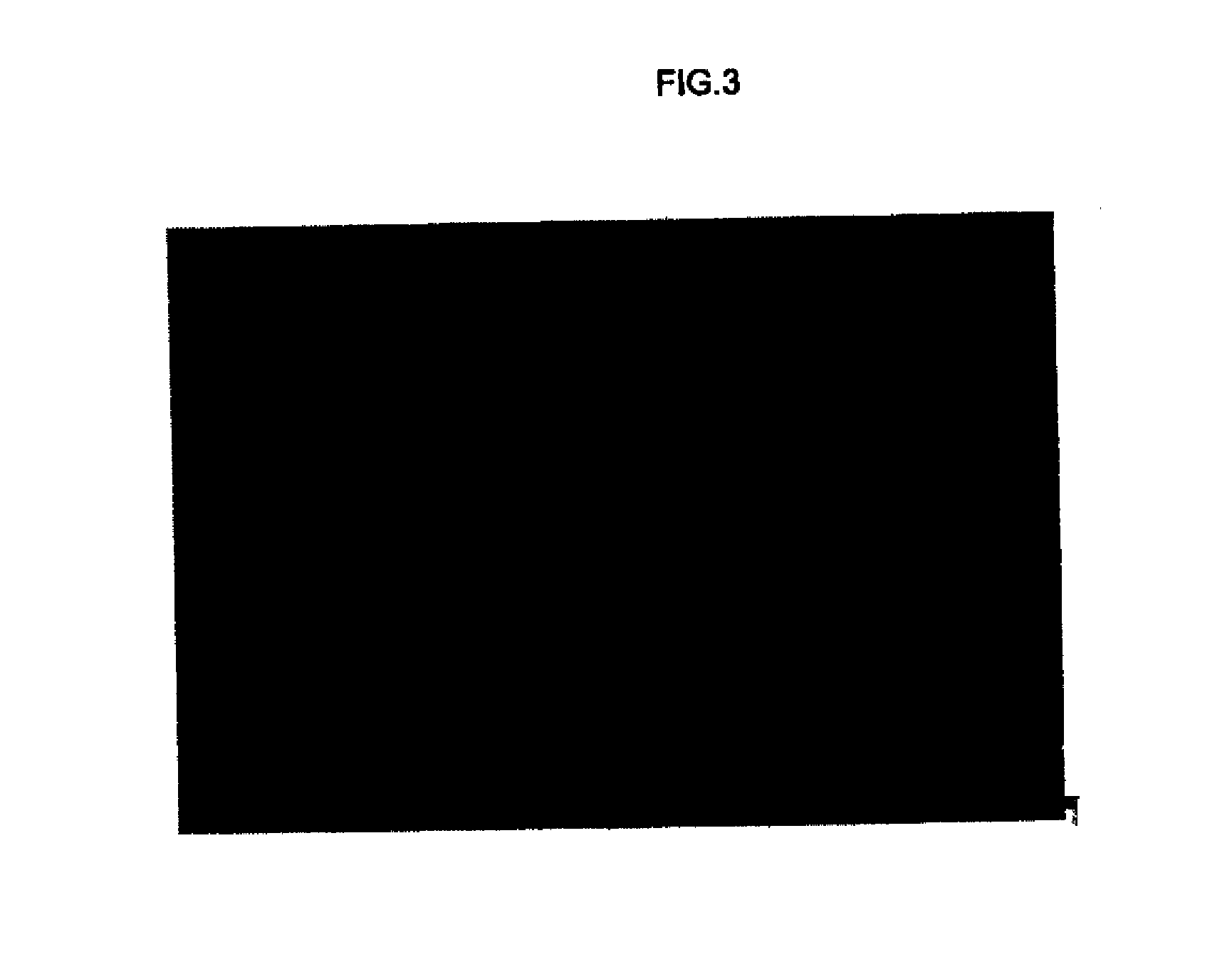Photocurable composition, article, and method of use
a composition and photocurable technology, applied in the field of photocurable compositions, can solve the problems of still requiring a relatively high temperature, not very suitable for imprinting on flexible substrates, and pressing pressure still too high to achieve large imprints with good, and achieve good uniformity and good optical properties. , the effect of low distortion
- Summary
- Abstract
- Description
- Claims
- Application Information
AI Technical Summary
Benefits of technology
Problems solved by technology
Method used
Image
Examples
invention examples 1-3
Photocurable Compositions and Forming Patterned Articles Using Photo-imprinting Lithography
[0151]A poly(ethylene terephthalate) film having a dry thickness of about 125 μm had been surface coated with a poly(vinylidene chloride) containing latex to form an adhesion promotion subbing layer. Each of the coating formulations having the components described below (in weight %) in TABLE I was applied over the adhesion promotion subbing layer and dried to form photocurable compositions, each having a nominal dry thickness of about 5.5 μm. The resulting Control photocurable article Al and Invention photocurable articles B1 through D1 (Invention Examples 1-3) were prepared. Control photocurable article A1 was prepared using a photocurable composition similar to that disclosed in prior art, that is, containing the SU-8 3000 resin.
TABLE IB1C1D1A1(Invention(Invention(Invention(Control)Example 1)Example 2)Example 3)SU-8 3000 resin40342820Coatosil MP-200061220Triarylsulfonium4.84.84.84.8hexafluo...
invention example 4
Electrically Conductive Article
[0157]Photocurable composition B1 described above in TABLE I and used in Invention Example 1, containing about 42.4% solids was used to form a dry film having a thickness of about 12 μm by coating the photocurable composition onto a transparent poly(ethylene terephthalate) film. The resulting dry film photoresist surface was then laminated with a protective sheet of approximately 25.4 μm thick having one of its surfaces treated with a silicone release coating so that the protective sheet can be separated readily from the dry film photoresist surface.
[0158]The dry film photoresist was then used make an imprint pattern in a similar manner to that described above in Invention Example 1. The transparent elastomeric mold used contained 16 measurement cells. Each measurement cell was about 102.3 mm long and 3.78 mm wide and was made with the connected diamond structure shown in FIG. 1. Therefore each measurement cell was about 170.5 diamond patterns long and...
PUM
| Property | Measurement | Unit |
|---|---|---|
| softening point | aaaaa | aaaaa |
| width | aaaaa | aaaaa |
| width | aaaaa | aaaaa |
Abstract
Description
Claims
Application Information
 Login to View More
Login to View More - R&D
- Intellectual Property
- Life Sciences
- Materials
- Tech Scout
- Unparalleled Data Quality
- Higher Quality Content
- 60% Fewer Hallucinations
Browse by: Latest US Patents, China's latest patents, Technical Efficacy Thesaurus, Application Domain, Technology Topic, Popular Technical Reports.
© 2025 PatSnap. All rights reserved.Legal|Privacy policy|Modern Slavery Act Transparency Statement|Sitemap|About US| Contact US: help@patsnap.com



